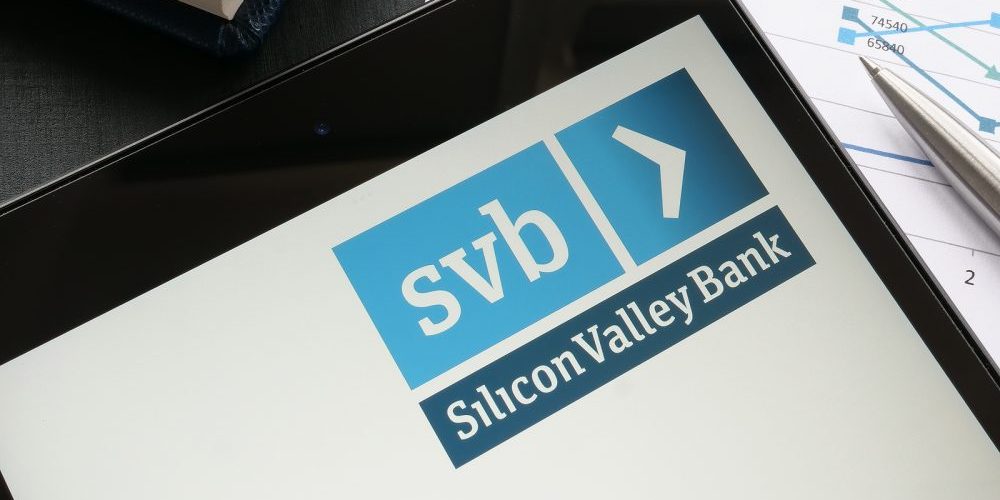The failure of Silicon Valley Bank (SVB) sent shockwaves throughout the financial world as the second largest bank failure in US history. Federal regulators took over the bank to ensure stability of financial systems and guarantee depositors their money. Following the collapse, Jeff Keltner, SVP of Business Development at Upstart, shares his thoughts on the potential cascading effects for the industry and lessons banks and credit unions can take away.
What are your key takeaways from the events surrounding Silicon Valley Bank this weekend?
“I think the first takeaway is that I’m impressed with the speed and scope of the federal government’s response. Stepping in to backstop all deposits (importantly not equity or bond holders) was critical to help stop this from becoming a broader run on other banks. That was an effective and speedy government intervention.”
What lessons should other banks take away from the challenges SVB faced?
continue reading
»

